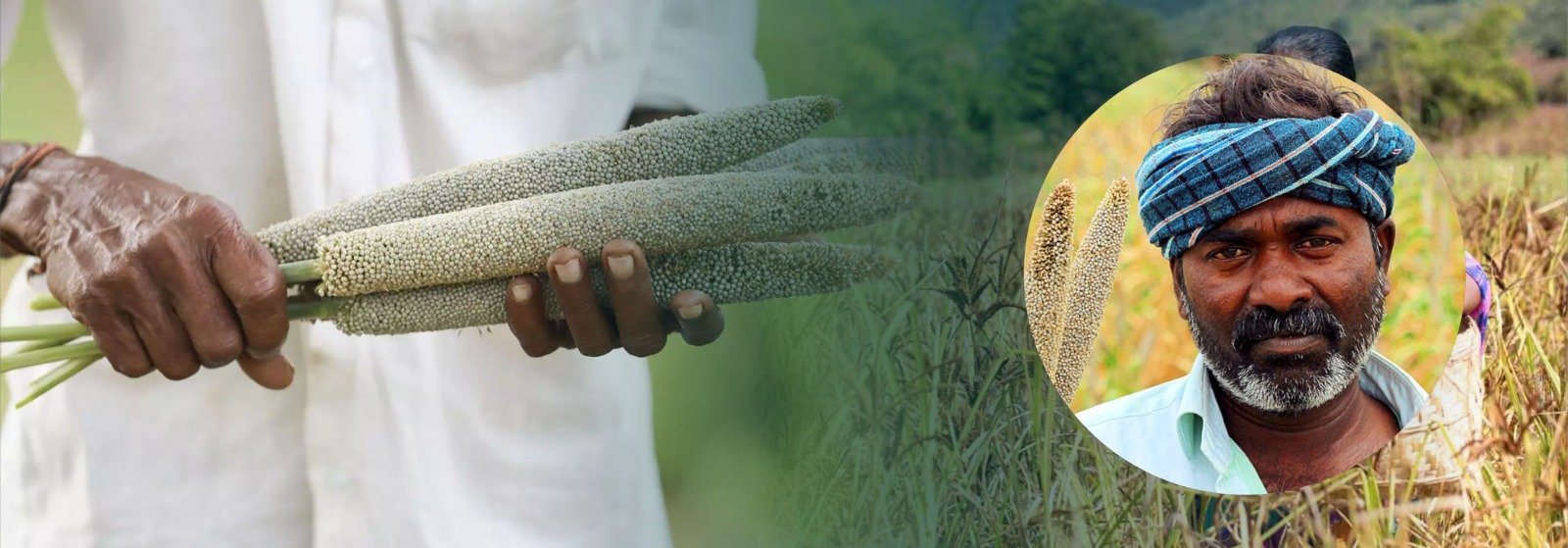
Millets and Their Growing Importance:
Millets, increasingly recognized as a superfood for their rich nutrient profile that promotes health, have gained widespread awareness and are now embraced as a traditional staple by millions worldwide. In India, cultivation of a variety of crops including ragi, jowar, bajra, maize, rice, pearl millet, chickpeas, lentils, sorghum, and barnyard millet is on the rise.
These grains are gaining recognition for their nutritional benefits, particularly when compared to staples like wheat and rice. Millets are known to be rich in fiber, protein, antioxidants, minerals, and vitamins, typically containing around ten percent protein and 3.5% lipids. Despite their nutritional advantages, millets have struggled to attract farmers' attention.
The decline in millet cultivation can be attributed to farmers' reluctance to sell their cereal crops at fair prices. Recent statistics from the Department of Agriculture and Farmer Welfare indicate an 80% reduction in millet cultivation area compared to the previous year, with the current area totaling only 1.7 million hectares.
Challenges Despite MSP Increase:
Despite a significant increase in the Minimum Support Price (MSP) for millets and coarse grains, known as Shri Anna, these crops have not gained traction among farmers due to challenges in accessing suitable markets and selling produce at the MSP. Recent data from the Ministry of Agriculture and Farmers Welfare reveals that millet cultivation area this week is approximately 80% less than last year, totaling only 17 lakh hectares.
This situation underscores a gap between policy intent—such as supporting farmers and promoting nutritious crops through MSP increases—and the practical challenges faced by farmers. It emphasizes the urgent need not just for setting MSP but also for establishing effective systems for procurement, storage, and marketing. Addressing these operational challenges is crucial to incentivize farmers to cultivate millets and coarse grains, ensuring agricultural sustainability and food security.
In essence, while the MSP hike aims to boost farmer incomes and promote these beneficial crops, the current low participation of farmers highlights the pressing need to address market access and implementation issues within agricultural policy frameworks.
Shift to Soybeans:
Due to the substantial increase in the MSP of paddy, farmers are shifting away from selling their crops and turning to cultivating alternatives such as soybeans. This trend is leading to the replacement of traditional pulses and oilseeds.
Pulses and Soybeans Progress:
Pulses were cultivated on approximately 36.81 lakh hectares this season, compared to 23.78 lakh hectares last year, indicating an increase of about 4.09 lakh hectares. This translates to a total increase of approximately 20.82 lakh hectares, as per statistics from the Department of Agriculture and Farmer Welfare.
Soybeans have also shown significant progress, with cultivation expanding from approximately 28.86 lakh hectares last year to 60.63 lakh hectares this year due to increased sowing. Moreover, under the MSP scheme, soybean prices have risen by six percent to Rs. 4,892 per quintal. There is growing recognition of the expansion of soybean cultivation over time, reflecting changing agricultural trends and economic incentives.
© 2023 - 2025 Millets News. All rights reserved.